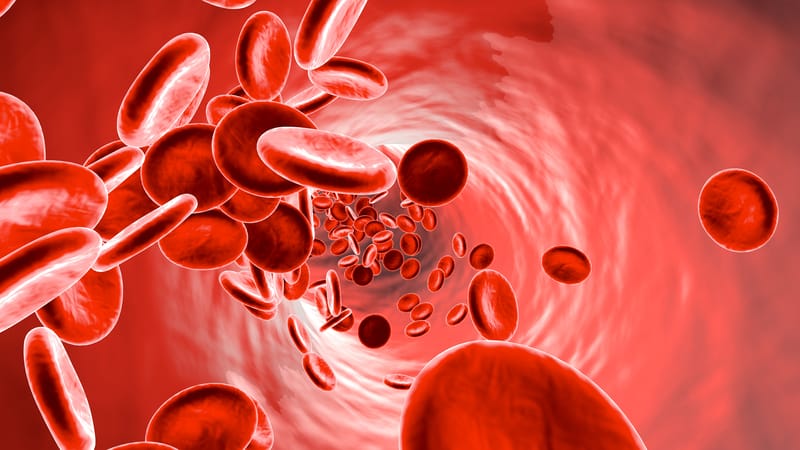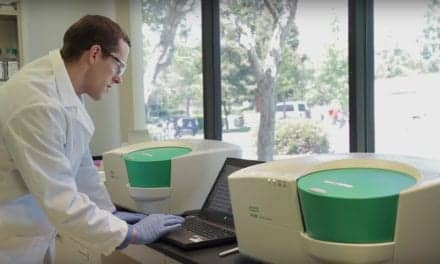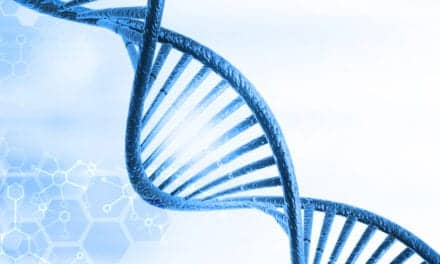Summary: Researchers have demonstrated that a new technology, u-dHRM, can quickly and accurately diagnose bloodstream infections, as reported at the ASM Microbe annual meeting.
Key Takeaways:
- The u-dHRM technology achieved 100% agreement with the clinical gold standard blood culture, providing results in just 6 hours compared to 15 hours to 5 days for traditional methods.
- The technology is particularly vital for diagnosing bacteremia in newborns, who are highly susceptible to severe outcomes without prompt and accurate treatment.
- Researchers aim to conduct a prospective clinical trial across multiple centers to validate the technology further and potentially implement it as a point-of-care diagnostic tool in more hospitals.
Researchers have demonstrated that a new technology could quickly and accurately diagnose bloodstream infections. The study findings were reported at ASM Microbe, the annual meeting of the American Society for Microbiology.
“There is a need to be able to rapidly and accurately diagnose bacteremia in newborn babies. They are especially susceptible to long-term morbidities and mortality the longer they go without treatment, or even with inaccurate treatment for bloodstream infections or sepsis,” says presenting study author April Aralar, PhD, a postdoctoral scholar at the University of California, San Diego. “Therefore, we felt that it was of the utmost importance to be able to have a diagnostic that could work with what was available for neonates: that is, a small amount of blood, a small amount of bacteria, and a small amount of time to get the diagnosis.”
In the new study, researchers set out to test a novel technology called u-dHRM (Universal Digital High-Resolution Melt) using pediatric blood samples from Rady Children’s Hospital in San Diego. Researchers took 17 blood samples that were already tested using blood culture, the clinical standard diagnostic test, and subsequently tested the blood with the new platform.
Further reading: New Analysis Method Melts DNA to Detect Pathogens Faster
The researchers found 100% agreement between the novel method and the clinical gold standard of blood culture, and the new technology delivered the results much faster. “Our test only took 6 hours from start to finish, whereas blood culture takes anywhere from 15 hours to 5 days to get a result,” Aralar says.
Aralar said the findings are encouraging and that the method may be a new way of quickly and accurately diagnosing bloodstream infections in newborns. It could additionally be applied to children and adults.
“Next we hope to do a prospective clinical trial across multiple clinical centers and hospitals to test our method across more patients and different populations. Hopefully we can deploy this technology to more hospitals and have point of care diagnostics for babies and children more widely,” Aralar says.





